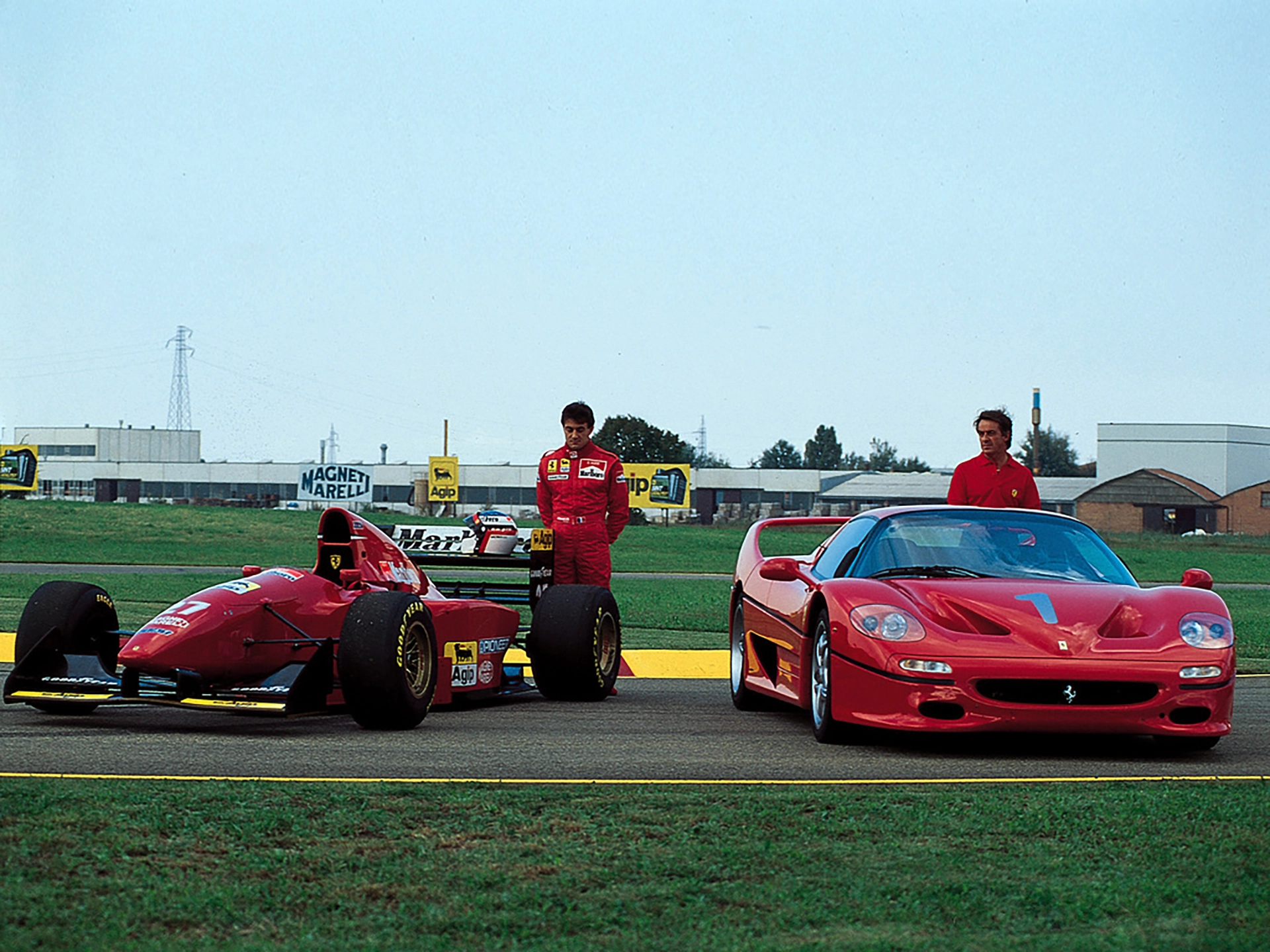Ferrari’s Technological Innovations Part 17: F50. When Formula 1 Became Road-Legal
08 February 2025 5 min read 4 images

Photo credit: Ferrari, Wheelsage
The universal success of the F40 – it’s worth remembering that it was originally announced for a production run of 400 units, but to prevent unacceptable speculation, many more had to be produced, around 1,250 – meant that the F50 needed to have extraordinary and unique characteristics. Introduced in 1995, the F50, created to celebrate Ferrari’s 50th anniversary, was truly surprising. It was Piero Ferrari, son of the great Enzo, who put forth an idea that no other manufacturer could have suggested: To create a true road-legal car conceived exactly like a Formula 1 car. And so it was.
Register to unlock this article
Signing up is free and gives you access to hundreds of articles and additional benefits. See what’s included in your free membership. See what's included in your free membership.
Already have an account? Log In


